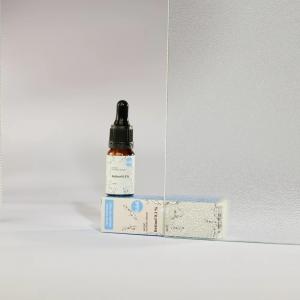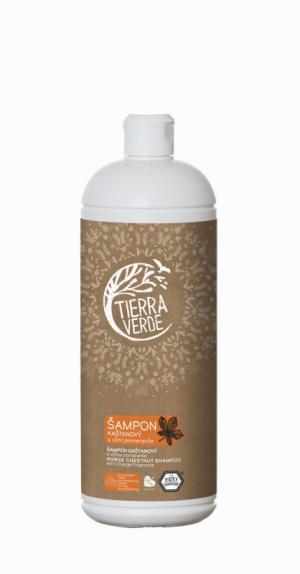Cypress willow (Lythrum salicaria)
Other names: Purple loosestrife
Harm score: 1 (Natural substances)
Cypress willow, also known as Purple loosestrife, is a plant belonging to the Lythraceae family that is native to Europe, Asia and North Africa. This species is an often wild to invasive plant that spread across North America and Australia in ancient times. Cypress willow is known for its striking reddish-purple flowers that form dense spikes, and straight dark green spear-shaped leaves. The plant is extremely tolerant of adverse conditions, which, along with its rapid reproduction, has made cypress willow an issue for many ecosystems.
Although this plant is sometimes considered a weed, especially in areas where it has been introduced and where it spreads unchecked, the willow plume also has its uses. It is a plant that is used in folk medicine and homeopathy. It contains many biologically active substances such as tannins, carbohydrates, flavonoids and ellagic acid. In folk medicine, its extract is mainly used to treat diarrhoeal diseases and bleeding. In addition, willowherb is used in the cosmetic industry, where it is used to make various skin creams, tonics and masks. Its natural antioxidant properties help soothe sensitive skin and prevent aging. Willow blossom extract is also added to some perfumes for its unique floral aroma.
You won't find this substance in our products. Try the natural, chemical-free products in our range.

Night Serum - Retinol 0.1% 10 ml
Product detail